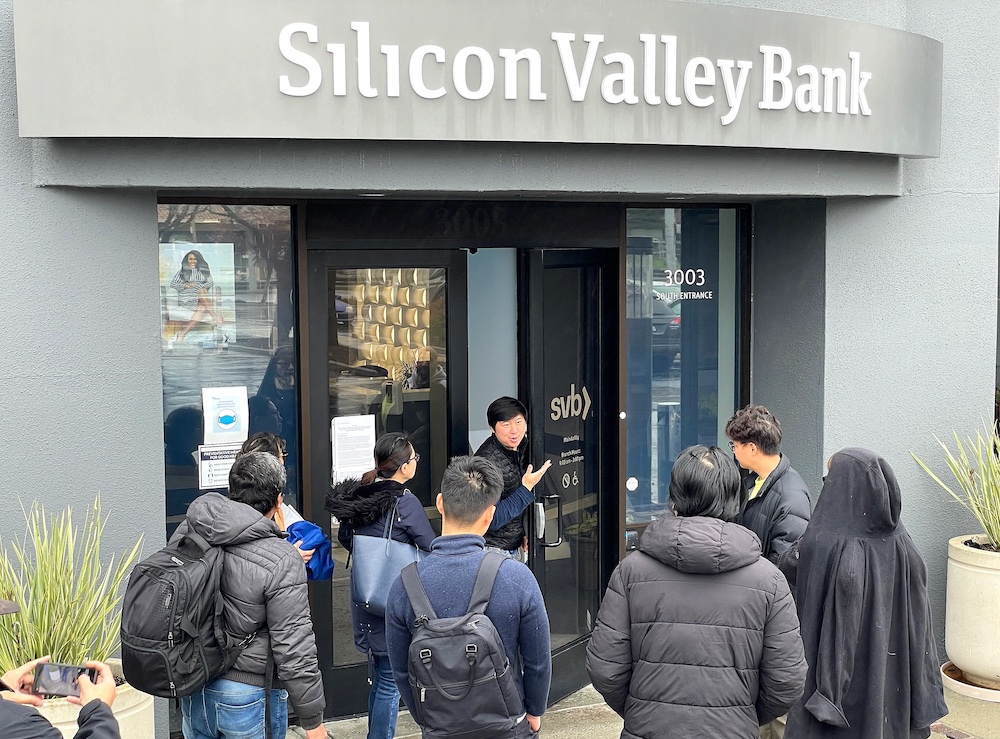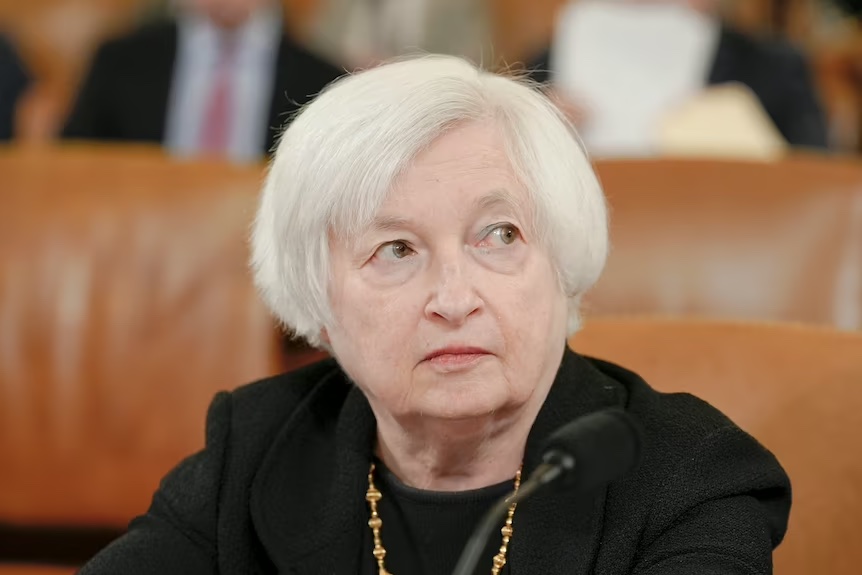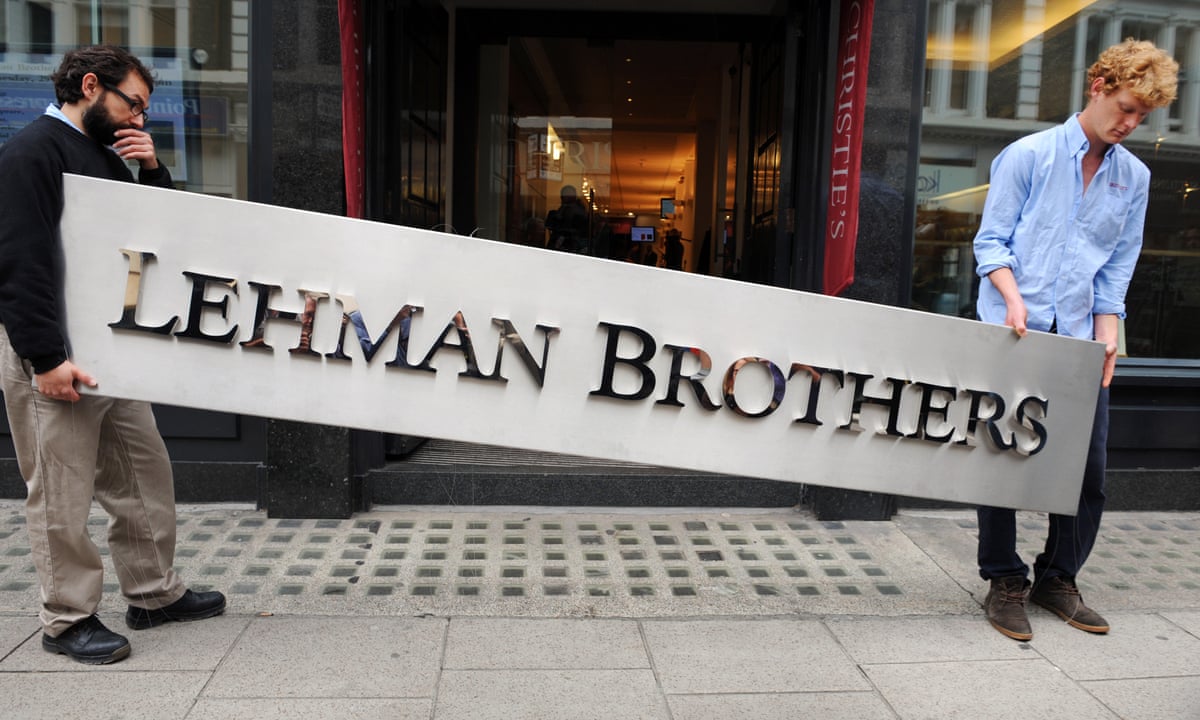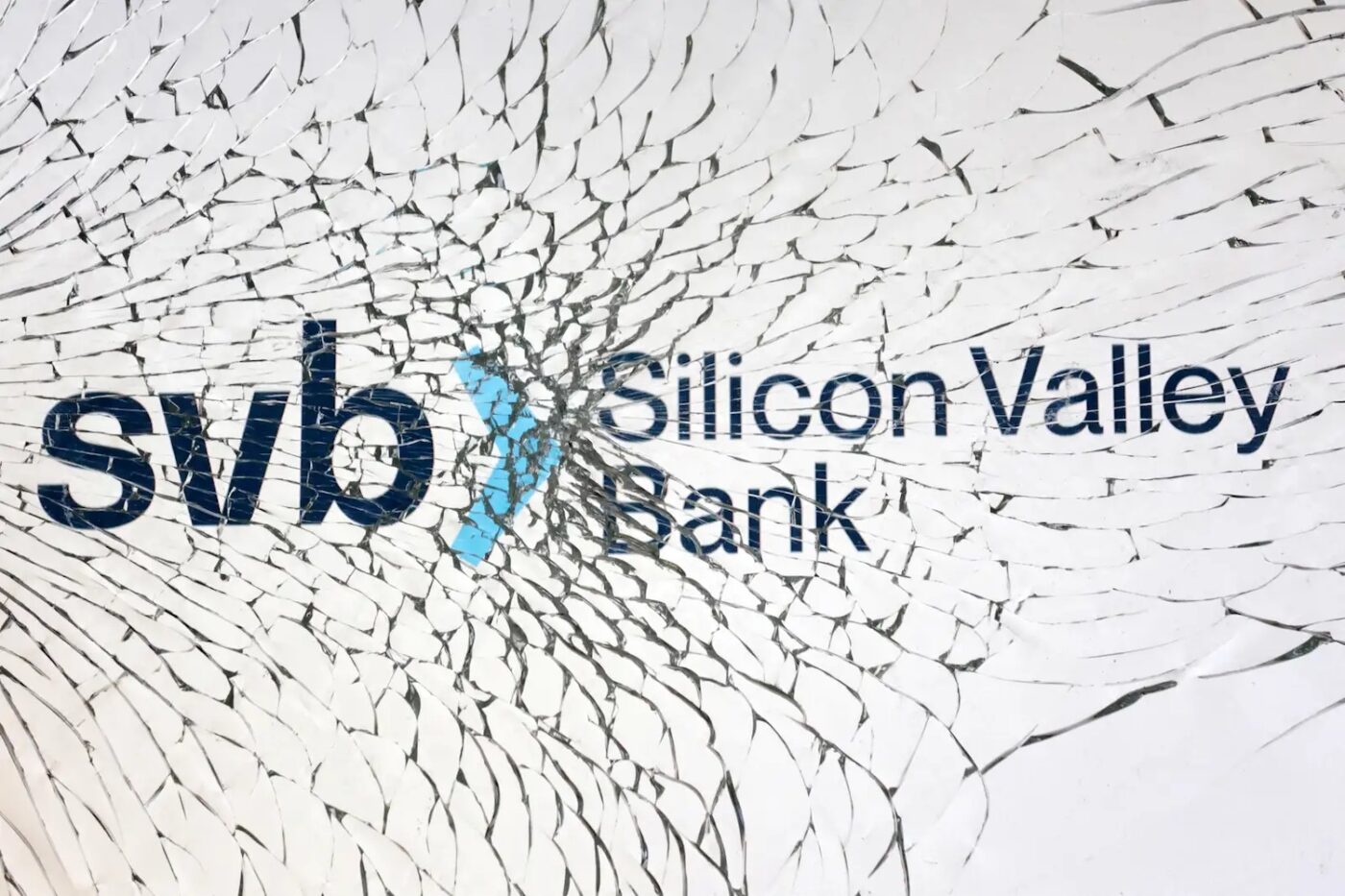At the end of last week, one of Silicon Valley’s core institutions – the Silicon Valley Bank (SVB), which had become famous for its willingness to invest in high-risk tech startups – collapsed in the midst of a liquidity crisis. Here, we answer all your most pressing questions about the SVB collapse in the simplest terms possible.
In this Silicon Valley Bank Story…
- Key Points
- What Is Silicon Valley Bank (SVB)?
- What Happened To SVB?
- Why Did SVB Collapse?
- Why Do Bonds Lose Value When Interest Rates Increase?
- Will SVB Receive A Bailout?
- Is This The Start Of A Banking Crisis?
- Could The SVB Collapse Affect Australians?
- Is The SVB Collapse Similar To The Global Financial Crisis In 2008?
- Does the SVB Collapse Have Anything To Do With Crypto?
- What Does The SVB Collapse Mean For Startups?
- What Will Take SVB’s Place?
- What Is Signature Bank And Is It Related To SVB?
Key Points
- Silicon Valley Bank (SVB) – a California-based bank that caters to the tech industry – has collapsed.
- The collapse has raised concerns about the health of the US financial system and the potential for a broader recession.
- The bank’s troubles are said to stem from risky loans it made to tech companies that have struggled in recent years.
- The collapse of SVB is expected to have ripple effects throughout the tech industry and the wider economy, as investors pull back and companies struggle to find funding.
- The news of the collapse has caused stock markets around the world to tumble, with many analysts warning of a global economic slowdown.
- Signature Bank, a big lender in the crypto industry, has also been shut down by New York state regulators in order to prevent a spreading banking crisis.
What Is Silicon Valley Bank (SVB)?
Silicon Valley Bank (SVB) is a US-based commercial bank that specialises in providing financial services to technology and innovation-driven companies, as well as venture capital and private equity firms.
It was founded in 1983 and has since expanded its operations globally, with offices in various countries including the UK, China and Israel. SVB offers a range of services, including lending, cash management, and investment banking.
The bank has gained a reputation for its expertise in the technology sector and its willingness to take risks on early-stage companies – as its name implies.
What Happened To SVB?
SVB primarily served the tech sector. During the pandemic, many tech companies used SVB to hold cash, leading to an influx of deposits. SVB invested heavily in long-dated US government bonds, which were initially safe.
However, when the Federal Reserve started hiking interest rates, SVB’s bond portfolio started to lose significant value. Economic conditions worsened and many of the bank’s customers started drawing on their deposits.
SVB didn’t have enough cash on hand and it started selling some of its bonds at steep losses, spooking investors and customers. Within 48 hours of disclosing the asset sales, SVB collapsed.

Why Did SVB Collapse?
SVB collapsed due to a series of ill-fated investment decisions: SVB invested heavily in long-dated US government bonds which lost significant value when the Federal Reserve started to hike rates rapidly to combat inflation.
As economic conditions soured over the last year, with tech companies particularly affected, many of SVB’s customers started drawing on their deposits. SVB didn’t have enough cash on hand, so it started selling some of its bonds at steep losses, triggering a bank run.
While the US government has guaranteed all deposits of SVB’s customers, the collapse raises concerns about other banks’ vulnerability to rising interest rates.
Why Do Bonds Lose Value When Interest Rates Increase?
Bonds are a type of investment where people lend money to a company or government in exchange for interest payments. When interest rates rise, new bonds are issued with higher interest rates, making them more attractive to investors.
This means that existing bonds with lower interest rates become less valuable because investors can now get a better return by buying newer, higher-yielding bonds. To make their existing bonds more attractive, bond sellers may have to lower the price of their bonds to compete with newer bonds that offer higher interest rates.
This is because the price of a bond is inversely related to its yield or interest rate: when interest rates rise, the value of existing bonds decreases, and when interest rates fall, the value of existing bonds increases.
Will SVB Receive A Bailout?
SVB will not be saved by the government and will remain collapsed or wound up with remaining assets dispersed to creditors unless a buyer steps in to revive it.
US agencies extended a guarantee to cover all deposits at SVB and Signature Bank, which means customers will be able to access all their money this week.
The guarantee does not protect shareholders in the bank and some unsecured creditors.

Is This The Start Of A Banking Crisis?
The US government guaranteed all deposits of SVB and Signature Bank’s customers to contain the immediate concerns of widespread contagion. Financial futures rallied for the US technology sector in response to the guarantees.
Meanwhile, governments and regulators around the world are checking for SVB exposure in their corporate and banking sectors. The longer-term question is whether SVB’s vulnerability to rising interest rates is paralleled in other banks through overexposure to falling bond prices.
The Federal Reserve unveiled a new program to allow banks to borrow funds backed by government securities to prevent them from being forced to sell government bonds that have been losing value due to rising rates.
The collapse of SVB may have more immediate concerns for the technology sector, as it was a major supporter of startups and other technology companies that traditional banks might shy away from.
The sector has been cutting staff as economic conditions deteriorate and now one of its biggest supporters has collapsed at a time when they really need financial backing.
Could The SVB Collapse Affect Australians?
The Australian government is monitoring the potential impact of the collapse on Australian firms, but regulators do not expect any significant fallout for the broader financial system.
Canva and Nitro are among the companies that have money deposited with SVB through major venture capital funds.
Canva has the majority of its cash outside of SVB’s banking system and so its operations are not affected. However, the company is worried about the potential contagion effect.
Nitro has about US$12.18 million of its global cash reserves held on deposit at SVB and is evaluating short-term funding solutions to address any immediate operational requirements.

Is The SVB Collapse Similar To The Global Financial Crisis In 2008?
Joseph Gentile served as the CFO at Lehman Brothers’ Global Investment Bank before joining Silicon Valley Bank (SVB) as the CAO in 2007.
Gentile’s connection to Lehman and SVB has sparked debate on social media, with some wondering if SVB’s collapse is “Lehman 2.0”, referring to the collapse of Lehman Brothers in 2008, which triggered the global financial crisis.
Rabobank’s global strategist Michael Every says that the failures of Signature Bank and SVB show how vulnerable parts of the financial system are, suggesting that SVB was given too much money, forcing it to liquidate long-term assets at steep losses.
Does the SVB Collapse Have Anything To Do With Crypto?
SVB’s collapse was not caused by the cryptocurrency crisis but could potentially worsen it.
Crypto firm Circle’s stablecoin, USDC, is backed with $3.3 billion in cash reserves held at SVB. After SVB’s failure, USDC dropped as low as 87 cents. Because of this, Coinbase stopped conversions between USDC and the dollar.
Circle has committed to covering any shortfall using corporate resources, involving external capital if necessary, to ensure the stablecoin’s value remains at $1. The stablecoin’s value has mostly recovered.
Bankrupt crypto lender BlockFi also has $227 million in funds stuck at SVB.
What Does The SVB Collapse Mean For Startups?
The venture capital ecosystem was created because banks wouldn’t lend money to startups that didn’t have assets to use as collateral for loans.

SVB provided risky forms of financing to startups, such as lending against accounts receivables and expected future revenue.
One of SVB’s key problems is that Silicon Valley is a small town, so its portfolio wasn’t very diverse. Now, there are rumours of founders scrambling for cash.
All of this could lead to a slowdown in the number of new startups being created.
What Will Take SVB’s Place?
The Federal Deposit Insurance Corporation (FDIC) created a new entity in response to Silicon Valley Bank’s collapse. Their ‘Deposit Insurance Fund’ will protect all depositors but not shareholders or certain unsecured debt holders
The money being used is from insurance premiums paid by banks and interest earned on money invested in US government obligations.
What Is Signature Bank And Is It Related To SVB?
Signature Bank, a big lender in the crypto industry, has also been shut down by New York state regulators in order to prevent a spreading banking crisis.
The bank is one of the main banks in the cryptocurrency industry and had a market value of $4.4 billion as of Friday.
The Treasury Department has said that depositors at Signature Bank will have full access to their deposits and that all depositors will be made whole. The FDIC’s deposit insurance fund will be used to cover depositors but equity and bondholders will be wiped out.
